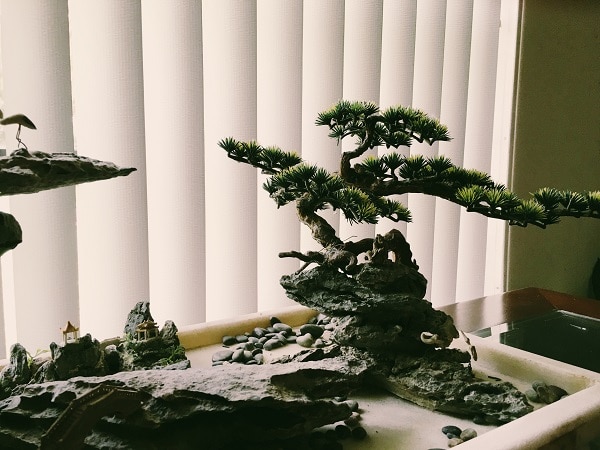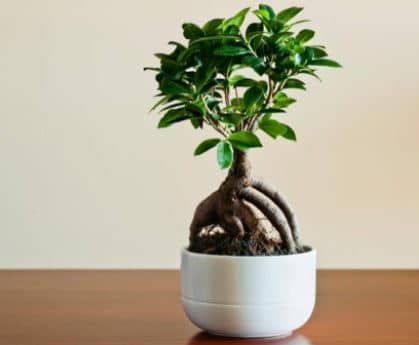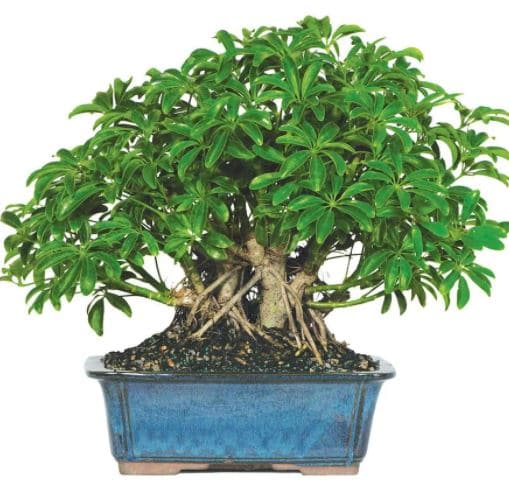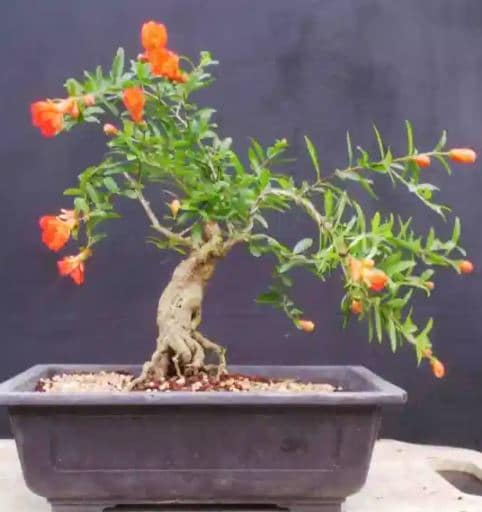Serving as a perfect addition, whether at home or in the office, a bonsai tree is more than just an appealing piece of life. Below are the types of indoor bonsai trees and ways to care for them. A bonsai tree is an answer for everyone looking to introduce a little of both art and greens into their personal space. Bonsai is the art of cultivating miniature trees in little containers and pots. Though essentially an integral part of Japanese culture, the art of bonsai is known to have origins in Chinese traditions.
Today’s art is widely practiced worldwide, with people including indoor and outdoor bonsai in their greens collection. Most of the bonsai species are grown outdoors, given their requirement for adequate sunlight. Thus, producing an indoor bonsai becomes difficult, as, unlike other houseplants, it seeks proper attention.
Choosing suitable indoor bonsai trees and taking proper care of them is crucial. Let’s see what makes their maintenance difficult and which varieties are best for your space.
Contents
Maintenance

There are a few maintenance tips one needs to keep in mind while taking care of a bonsai tree.
Ambient temperature, humidity, and light – most bonsai indoor species are tropical; therefore, sustaining the right indoor temperature and high light intensity for a typical species is essential. Furthermore, high humidity in the surroundings is best suited for the optimal growth of such species.
Adequate watering and fertilizing – the shape of bonsai pots is such that there is little to no water reserved for the tree. Ensuring ample water and nutrient supply to the plant reduces the risk of dying because of dehydration (a primary cause).
The number of precautions and ways to care for these plants is not an easy task. But you don’t have to worry. There are a variety of bonsai species available to fit your description of manageable. The following list brings you some of the most popular and recommendable indoor bonsai types you must consider.
Ficus Bonsai

Also known as figs, ficus bonsai is a perfect plant for someone new to the art. Ficus is one of the most trendy bonsai tree species, with more than 800 varieties available today. Though most bonsai need high humidity and typical tropical settings, there are evergreen ficus species known to thrive in low light and humidity. They require sufficient water and can do with or without being left under direct sunlight.
Apart from the ease of maintenance, ficus species are robust and visually appealing, making a perfect bonsai houseplant for homes and offices. Some popular species of ficus include –
Ficus Benjamin – also known as the weeping fig, is an elegant and dense ficus. The dark and glossy foliages are fast-growing and shed their leaves seasonally or under stress.
Ginseng Ficus – also known as Taiwan ficus or the banyan fig is one of the most popular choices. The bark of ginseng ficus features gray to reddish horizontal marks, with small leaves in a dark green tone, giving a fascinating look to the species. The thick trunk and exposed roots, typical of the ficus species, moreover add to the charm.
Dwarf Umbrella Bonsai

Also popularly known as the Hawaiian umbrella or Schefflera Arboricola, the dwarf umbrella tree is a beautiful bonsai species with the ability to adapt to various styles, including the weeping banyan style with the rock-exposed roots look. It is a flowering plant, unlike the figs but is equally easy to maintain.
Though the tree roots are not as strong, the leaves growth is healthy and in sets of eight to ten. It does well in dense and low light, with shiny umbrella-like leaves over the elaborate trucks making the tree a perfect gift with ornamental features.
Chinese Elm Bonsai

Also known as Ulmus Parvifolia, this classic, ancient, and elegant-looking bonsai species is an ideal choice for someone ready to put in a little more effort. A cool indoor environment with ample light setting and moist soil at all times is perfect for these bonsai species. Though tolerant of overwatering, dehydration can kill them.
There is an occasional shedding of leaves, which can also be from low light and inadequate watering. Other precautions include safety from insect infestations like white flies or red spider mites, etc., and a change of bonsai pots every two years during the early spring for healthy growth.
Fukien Tea

Also known as Carmon retusa or Philippine tea tree, it is a widely produced indoor plant species. They have beautiful tiny flowers and red fruits all year round, with a thick supporting trunk and waxy and intense green leaves. The bonsai can grow elegantly with a lovely texture requiring only minimal water once the topsoil dries out and at least six hours of adequate sunlight.
Dwarf Pomegranate Bonsai

Though easy to grow and visually appealing, this bonsai species requires a little extra care. The vibrant and lush colored flowers, usually orange and red, are the prime charm of these dwarf pomegranate bonsai.
Although growing up to six feet under typical conditions, you can trim the tree to fit your needs. They can endure temperatures below 14 degrees Fahrenheit, but overexposure to such a cold temperature range for long or neglected sunlight hours can harm the species.
Proper watering and fertilizing as per the changing environment are essential for optimal growth, with a need to look out for pests frequently.
Conclusion
Caring for indoor plants is challenging, especially for species like bonsai, typical of tropical environments. However, a bonsai tree can easily add value to spaces like the living room and offices, engaging visuals, and relaxing nature. The species mentioned above are among the most popular and easy to care for, with minimal precautions known to the bonsai. So, carefully craft a perfect bonsai and elevate the surroundings with a touch of both art and tiny greens.


